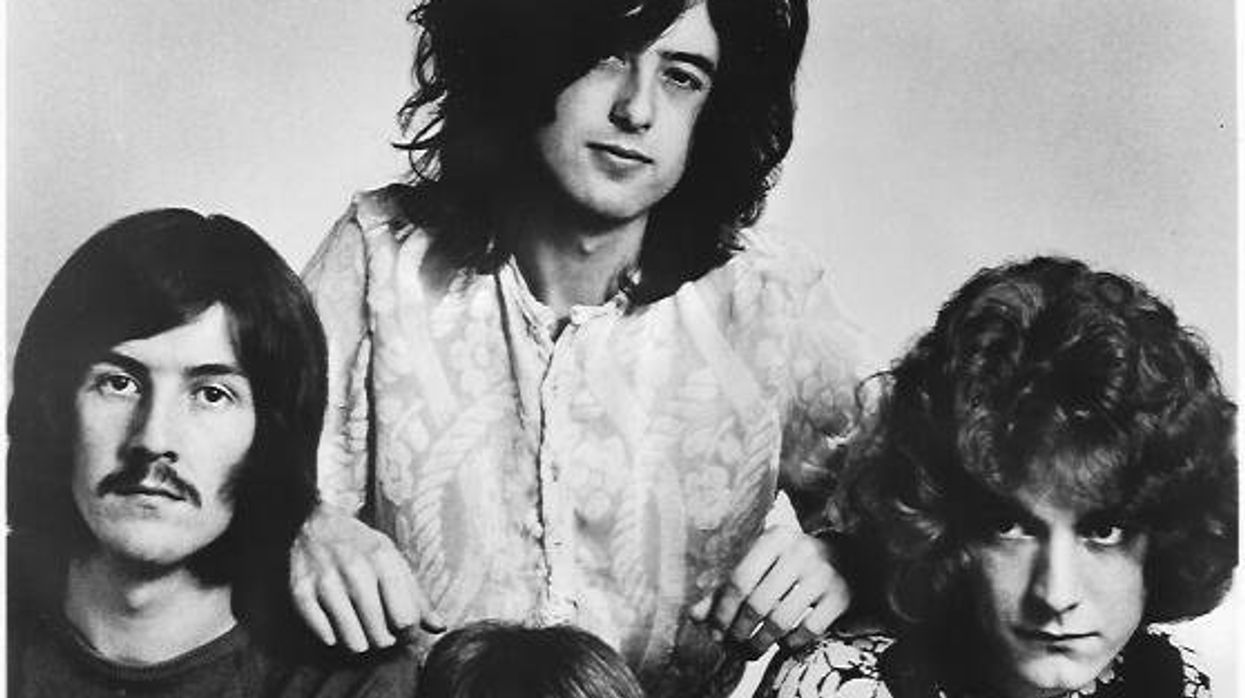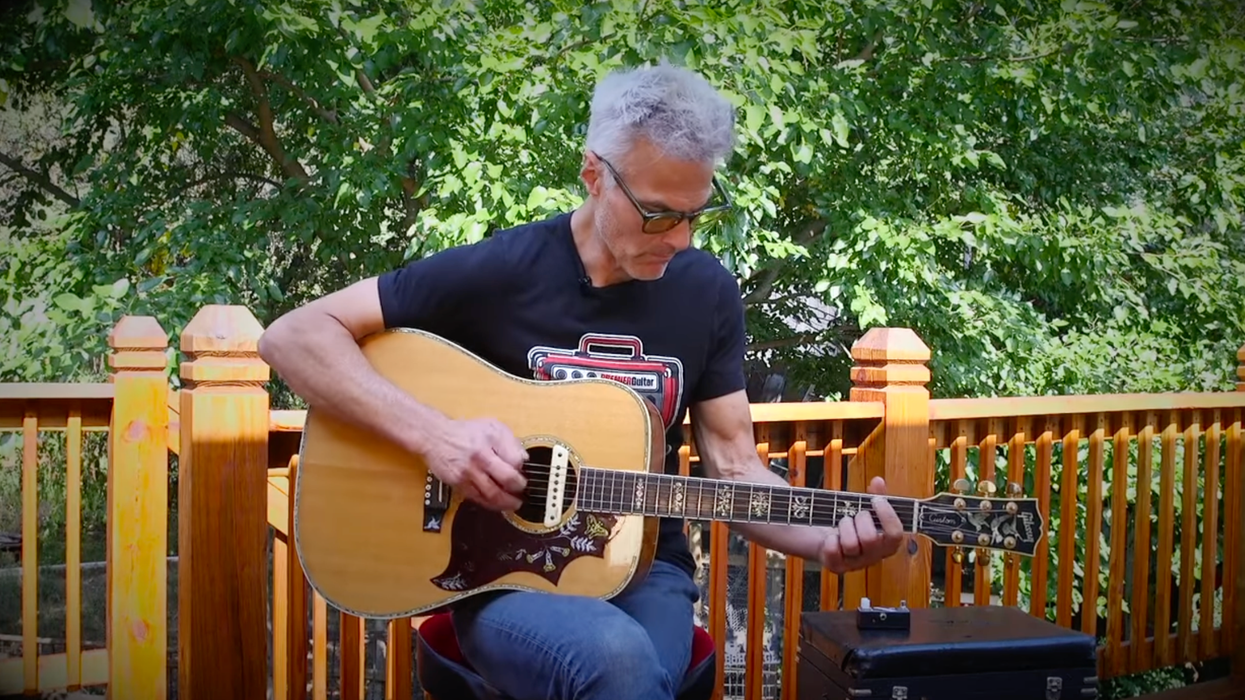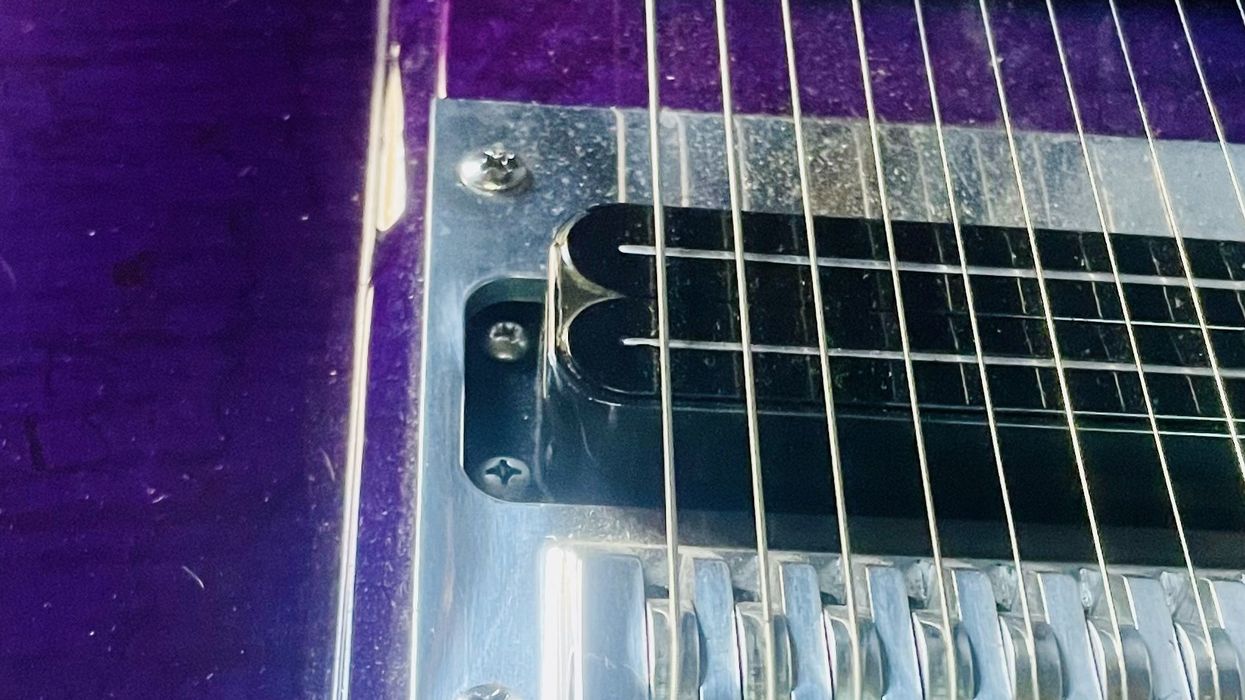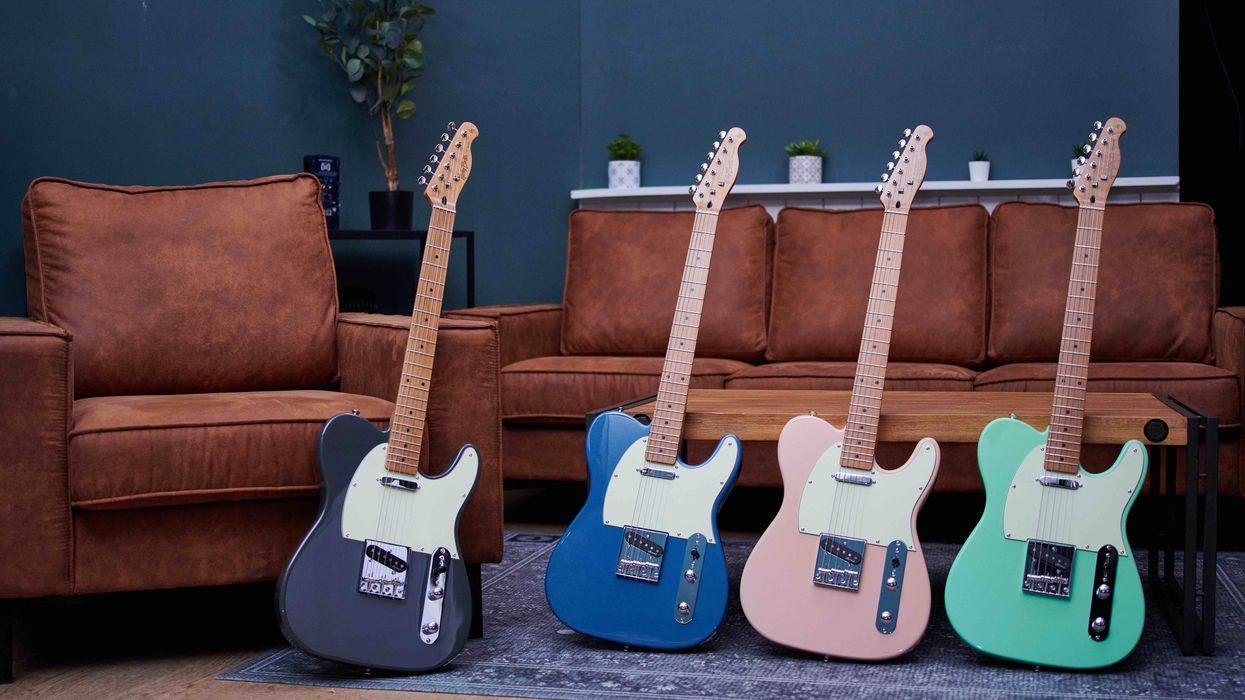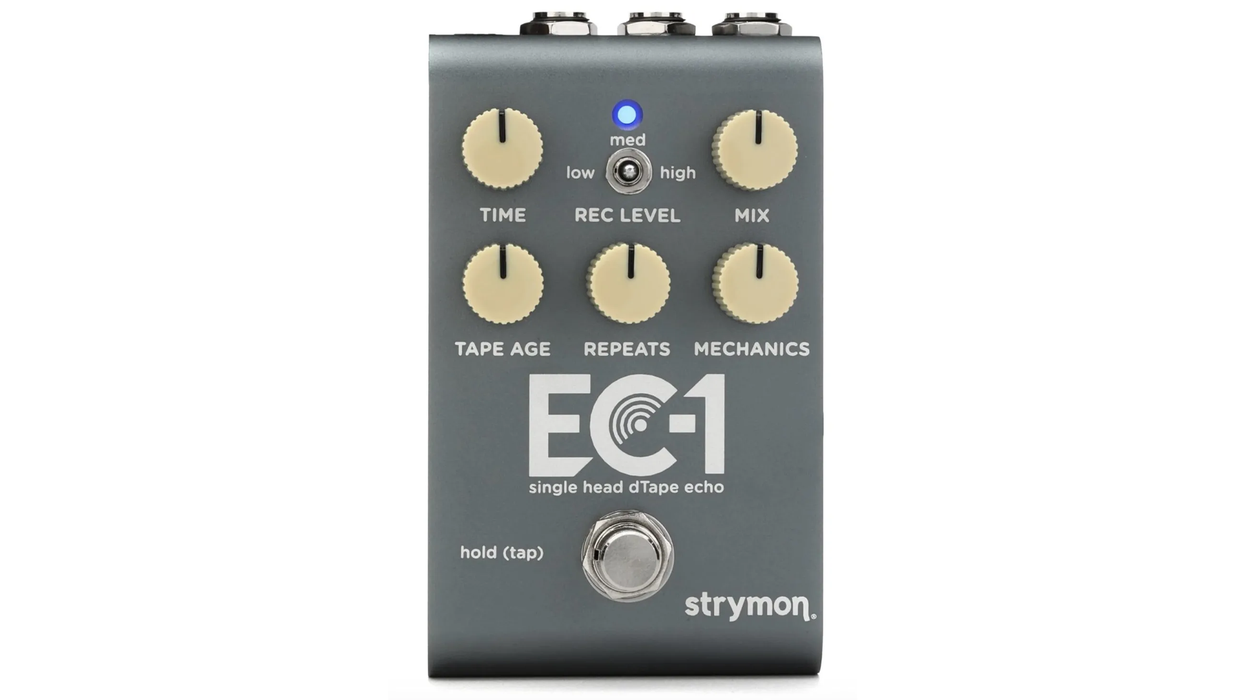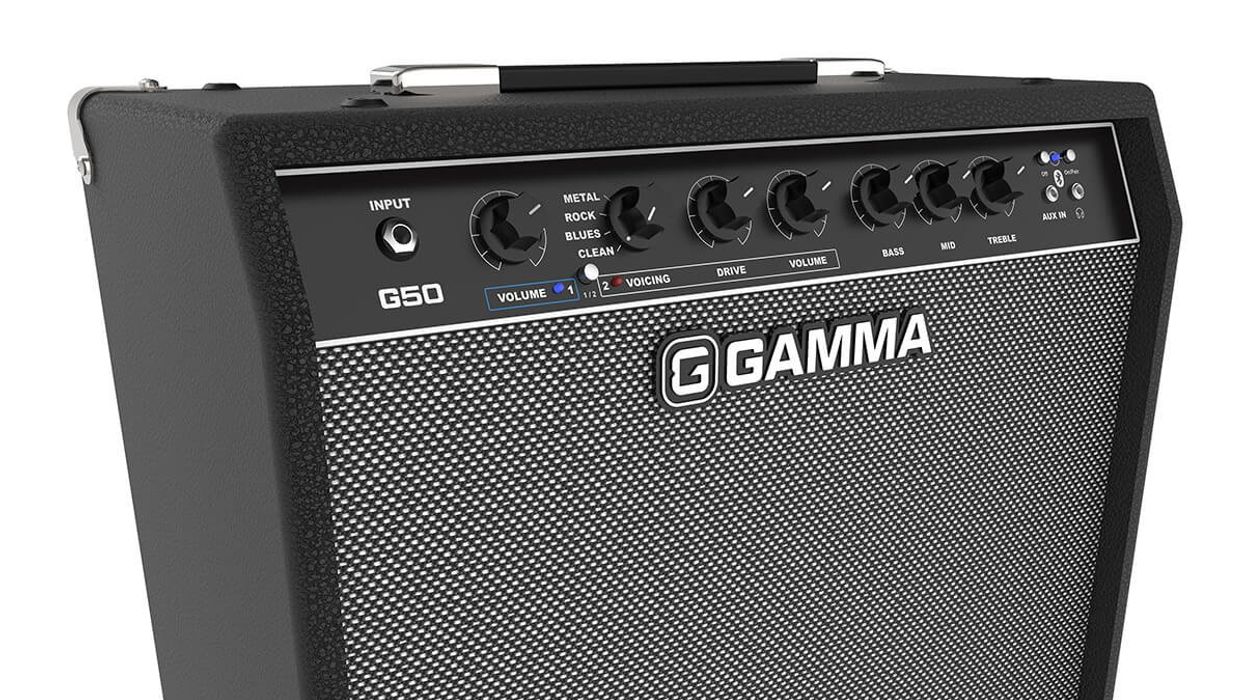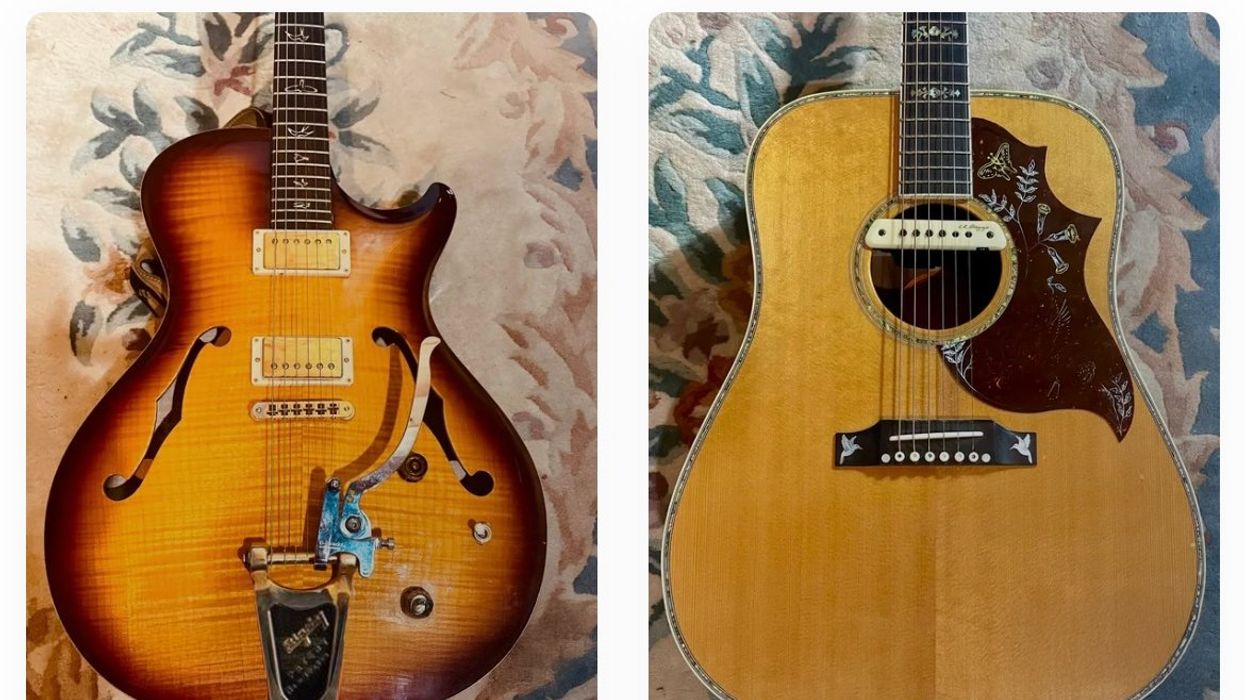When I was 16, my parents came to see me play in a bar. (Montana in the ’80s was pretty cavalier about the drinking age.) On a break, I sat with my parents, and my father said, “Boy, you really move your mouth a lot when you play. Why do you do that?”
“Do what?” I replied.
“Move your mouth when you play guitar.”
“I don’t.”
“You definitely are. It’s like you are trying to pronounce every note. Sometimes it looked like you were grinding your teeth.”
“Really? Tonight? Here?”
“Yes, you were literally just doing it pretty much on every solo. It’s a bit off-putting.”
My recent obsession with Corey Feldman guitar-solo videos reminded me of that conversation. I now feel a kinship with Corey. When the “Comeback King” and I play guitar, we both share that vacuous, dead-eyed stare into the distance, mouth chomping, teeth gnashing wildly. I bet, like me, Corey had no idea he was doing it until he watched a video of himself playing. Say what you will about Feldman, but when you watch his mouth, you know he is genuinely trying his best. He is in it, lost in the process of trying to make music.
Maybe you, dear reader, also suffer from guitar face. Most of our heroes do/did. Gary Moore, SRV, Hendrix, B.B. King, Joe Walsh, Steve Vai, Santana, Paul Gilbert—watch any of them play, and you will see some less-than-flattering involuntary facial expressions.
There are many types of guitar face:
Stank Face. Watch SRV cranking in “Cold Shot”—his face looks like he just walked into a porta potty on the third day of an Insane Clown Posse Festival. That’s stanky.
The Motor-Mouth. Corey Feldman and I are prime examples of motor-mouthing, but nearly everybody is guilty of it when working a wah pedal.
Angry Face. Joe Bonamassa is a philanthropist, great guy, and kind person, but when he’s playing, he hits those strings like they owe him money—the man looks pissed.
Surprised Face. Just imagine B.B. King with his eyes wide open, eyebrows raised in a lofting arch, and sometimes his mouth open in a perfect O.
I’m in Pain Face. Think John Mayer. The higher he sings, or the higher he plays, the more the notes hurt.Sometimes the grimaces are accompanied by loud groans, luckily usually drowned out by a loud band, but audible in acoustic settings. I saw famed classical guitarist Christopher Parkening in concert, and his guitar mic caught every loud groan and “aahh.” It was distracting. (Same with pianist Keith Jarrett. Listen to his Köln Concert and try not to be disturbed. Though that’s probably more a symptom of piano face, a related phenomenon.)I don’t think guitar face is one thing. Guitar face is probably at least partially an expression of emotions and the connection to the music. It’s also a reflection of the physical demands of playing guitar, like athletes grimacing as they sprint. It’s also one of those tics of concentration, like sticking your tongue out when you draw or paint.“Think John Mayer. The higher he sings, or the higher he plays, the more the notes hurt.”
I read a Quanta Magazine column by R. Douglas Fields where he maintains that “hand and mouth movements are tightly coordinated. In fact, that interplay often improves performance. Martial artists scream short explosive utterances, called kiai in karate, as they execute thrusting movements; tennis players often shout as they smack the ball. And research shows that coupling hand movements with specific mouth movements, often with vocalization, shortens the reaction time needed to do both.”
To this day, I’m embarrassed when I see videos of my mouth moving. I’ve tried to control it, but have come to the conclusion that I can either try to connect with music or try to control my face. I cannot do both. I have found that smiling does mask it or make it less distracting. As an added bonus, smiling releases that happy hormone, dopamine. The smile trick works great on “Lay Down Sally,” but I wouldn’t try it on, say, “Tears in Heaven.”
I’ve been making an effort to be aware of where I’m holding tension when I play and making a conscious effort to relax my arms, shoulders, and butt, so maybe I can work my face into that.
I’ve made peace with this embarrassing quirk. Every now and then, I’ll see a video where it’s particularly bad, and I’ll feel that barb of shame nick me. But if it sounds okay, I’m okay with this degrading side effect.
Ultimately, connecting to an instrument is like mainlining deep emotions. Deep emotions get ugly, painful, pitiful, and ecstatic. In an age where half of America stares blankly at a screen, how lucky musicians are to dive deeply into something that puts them so firmly in the now that they lose control of their faces. Besides, if you play something genuinely moving, nobody will care how you look.


